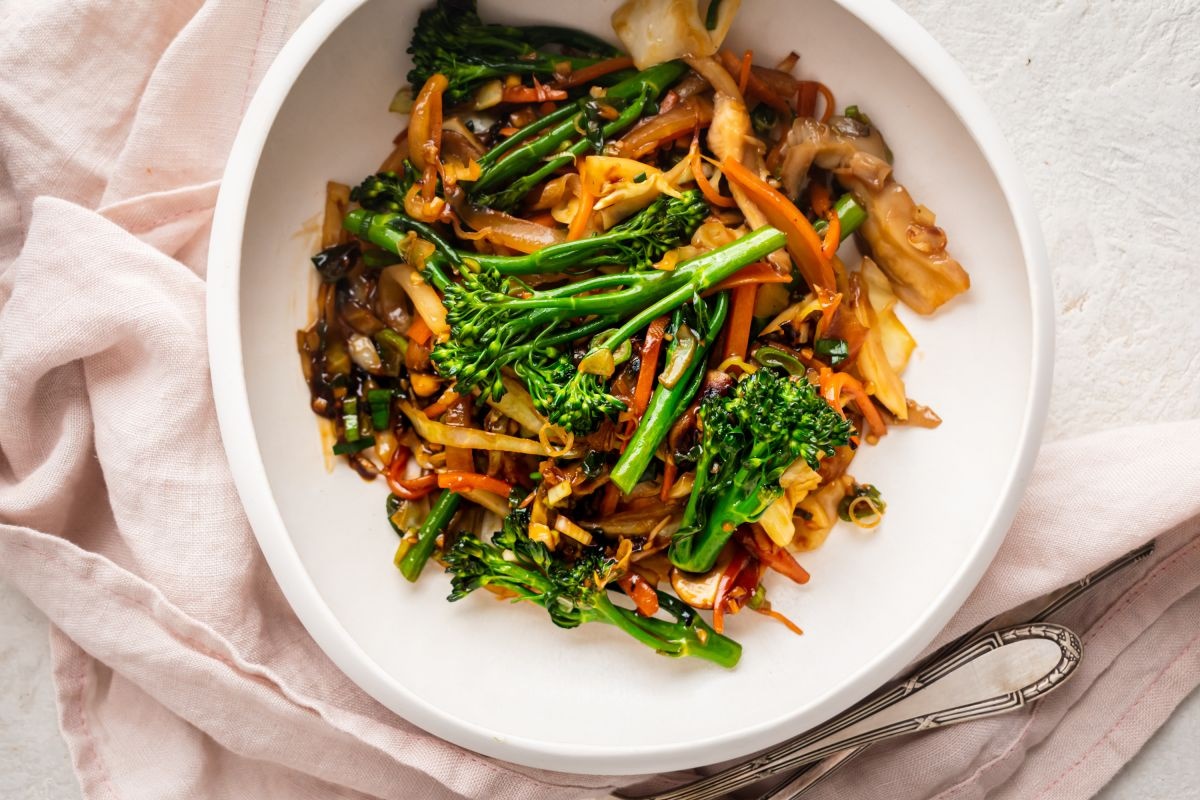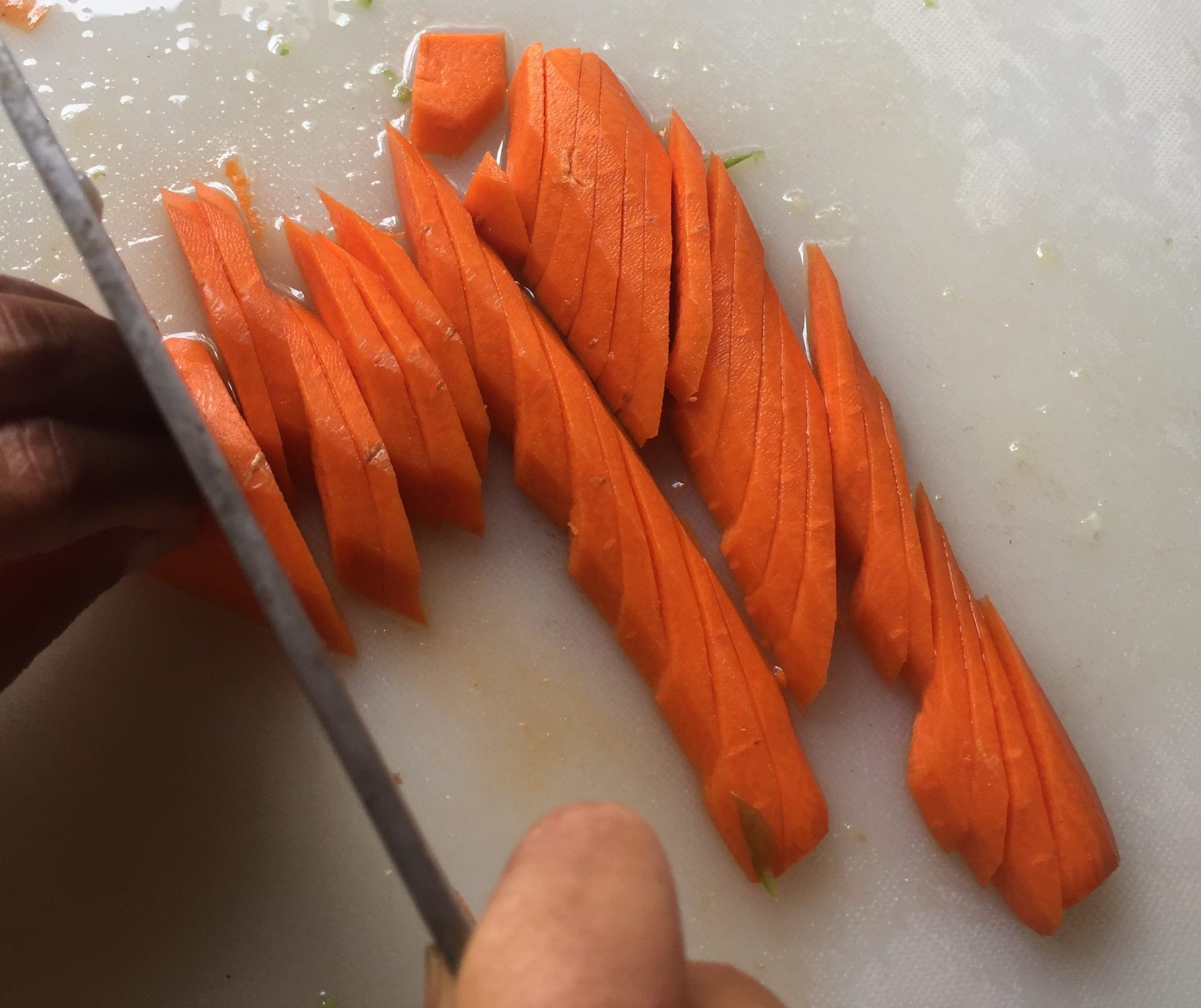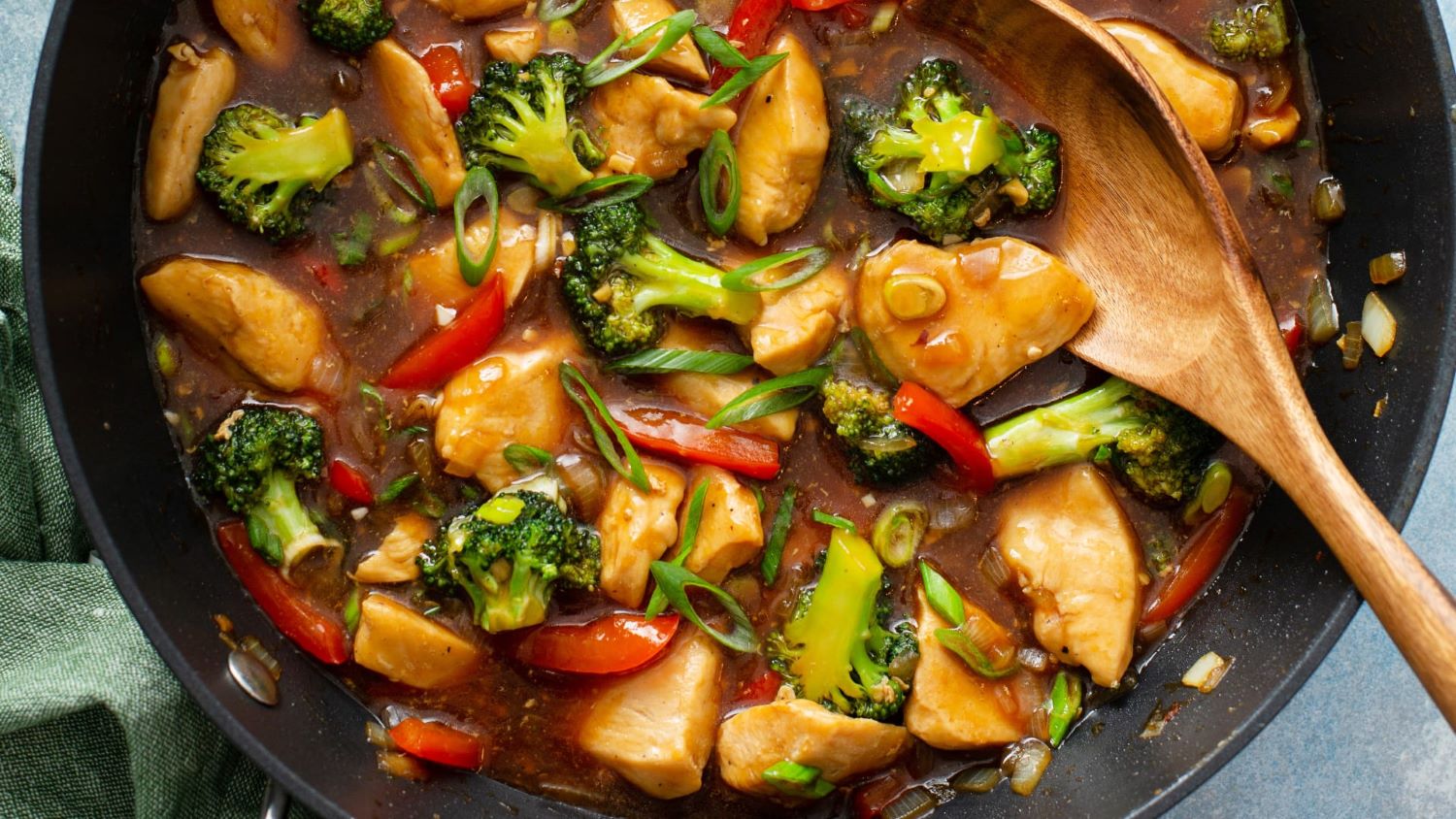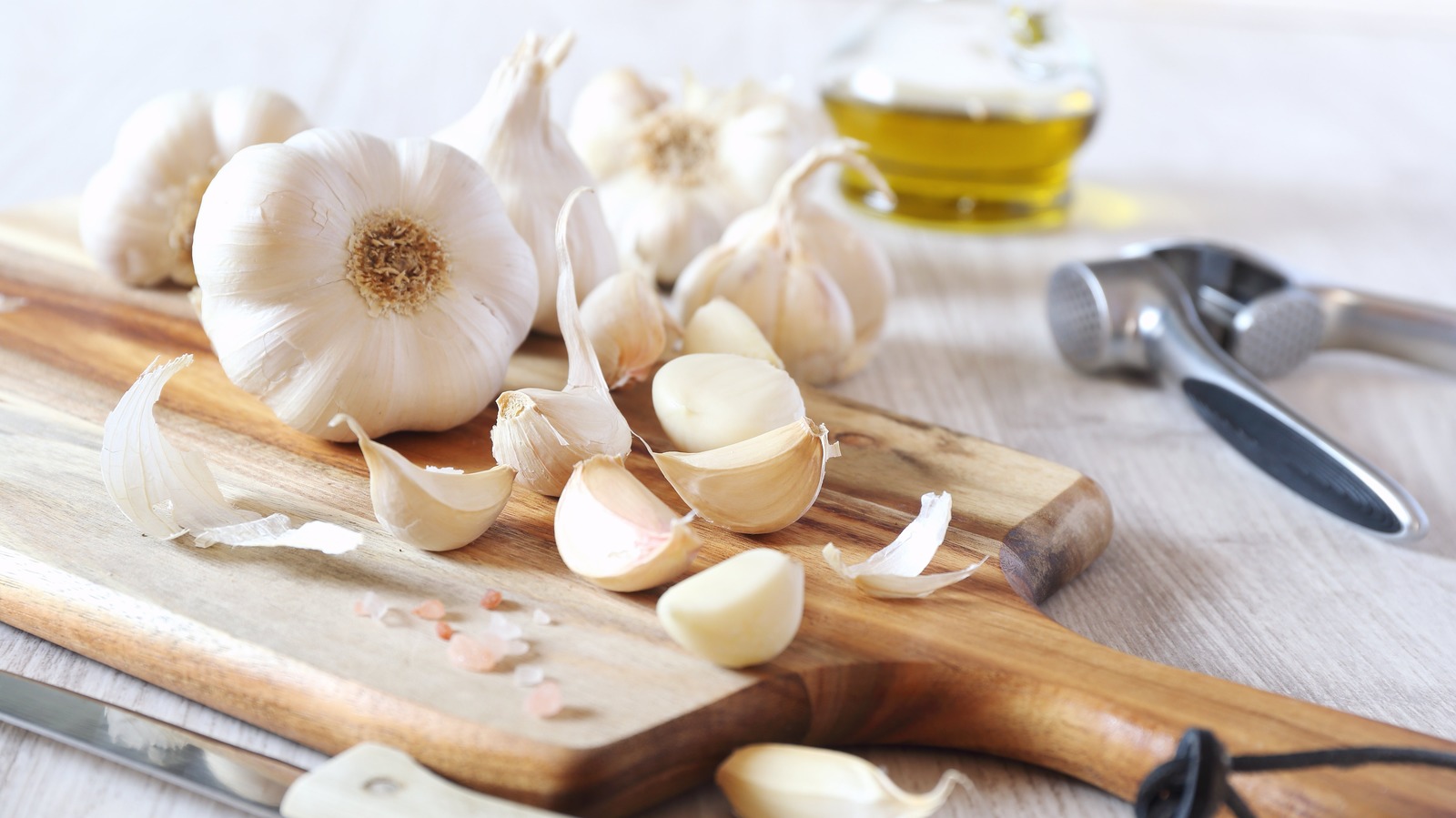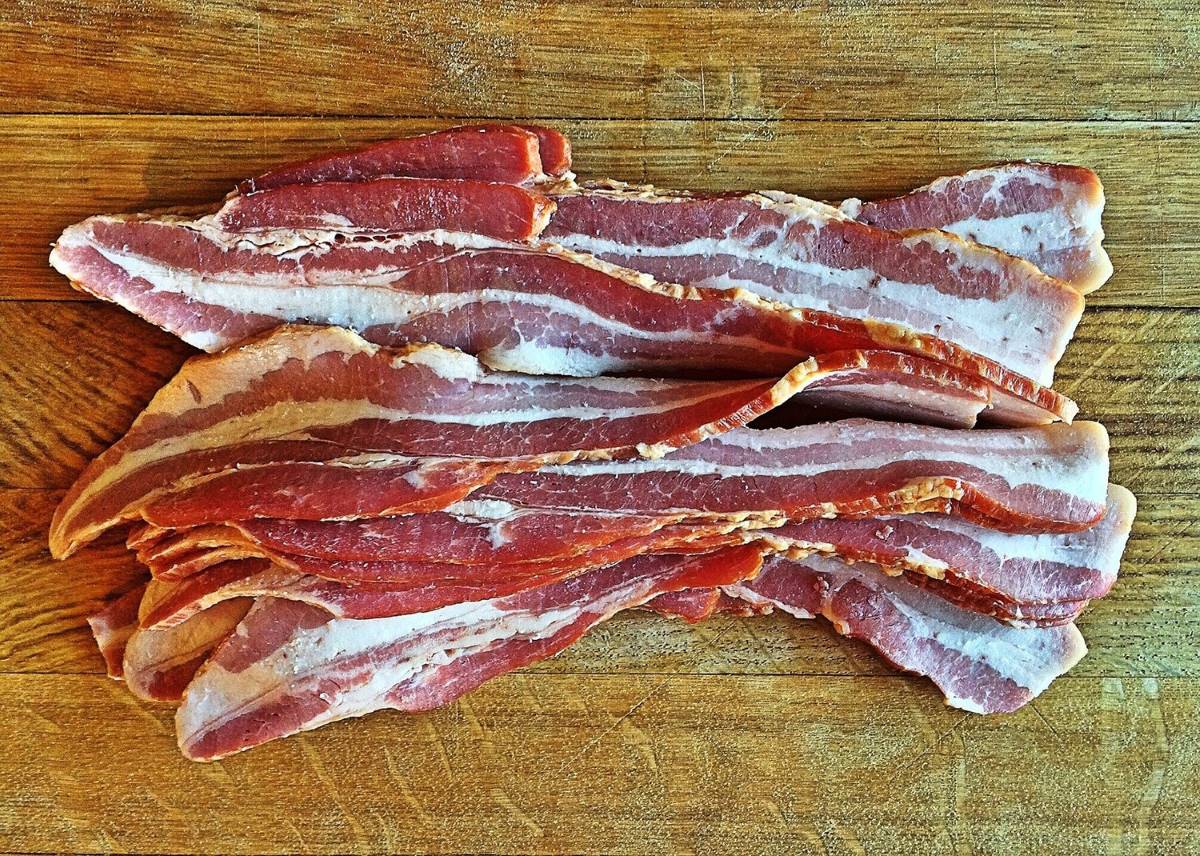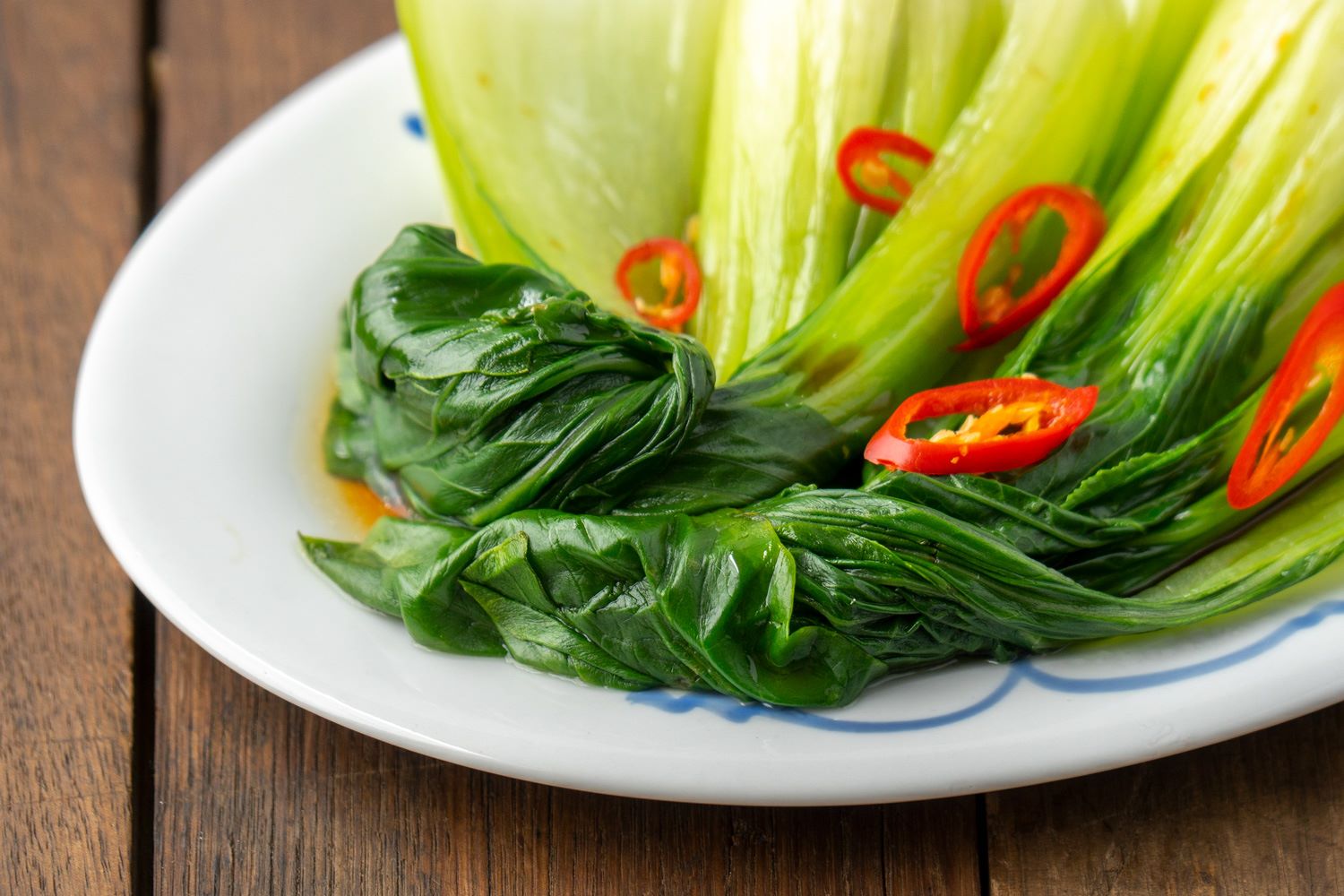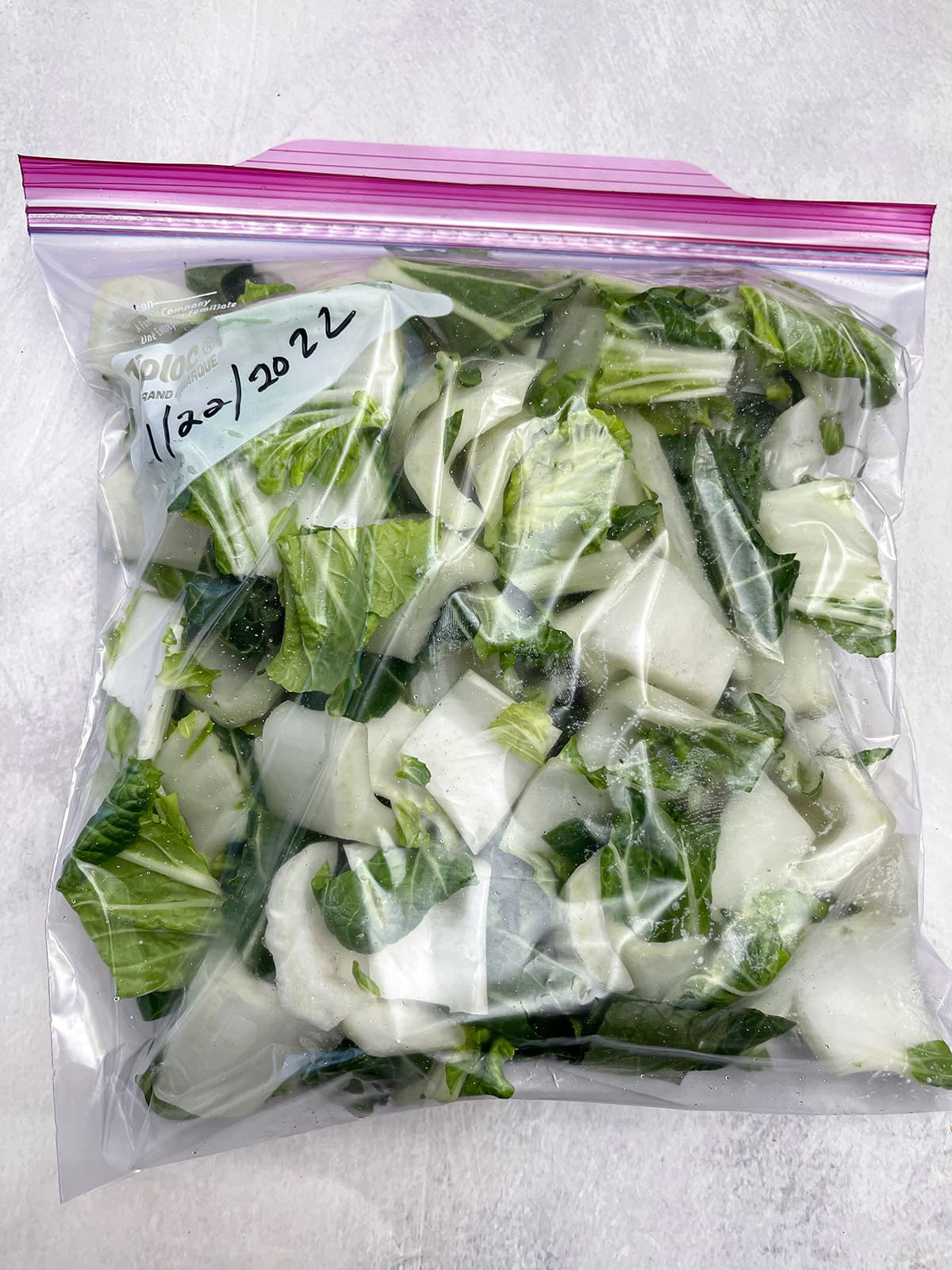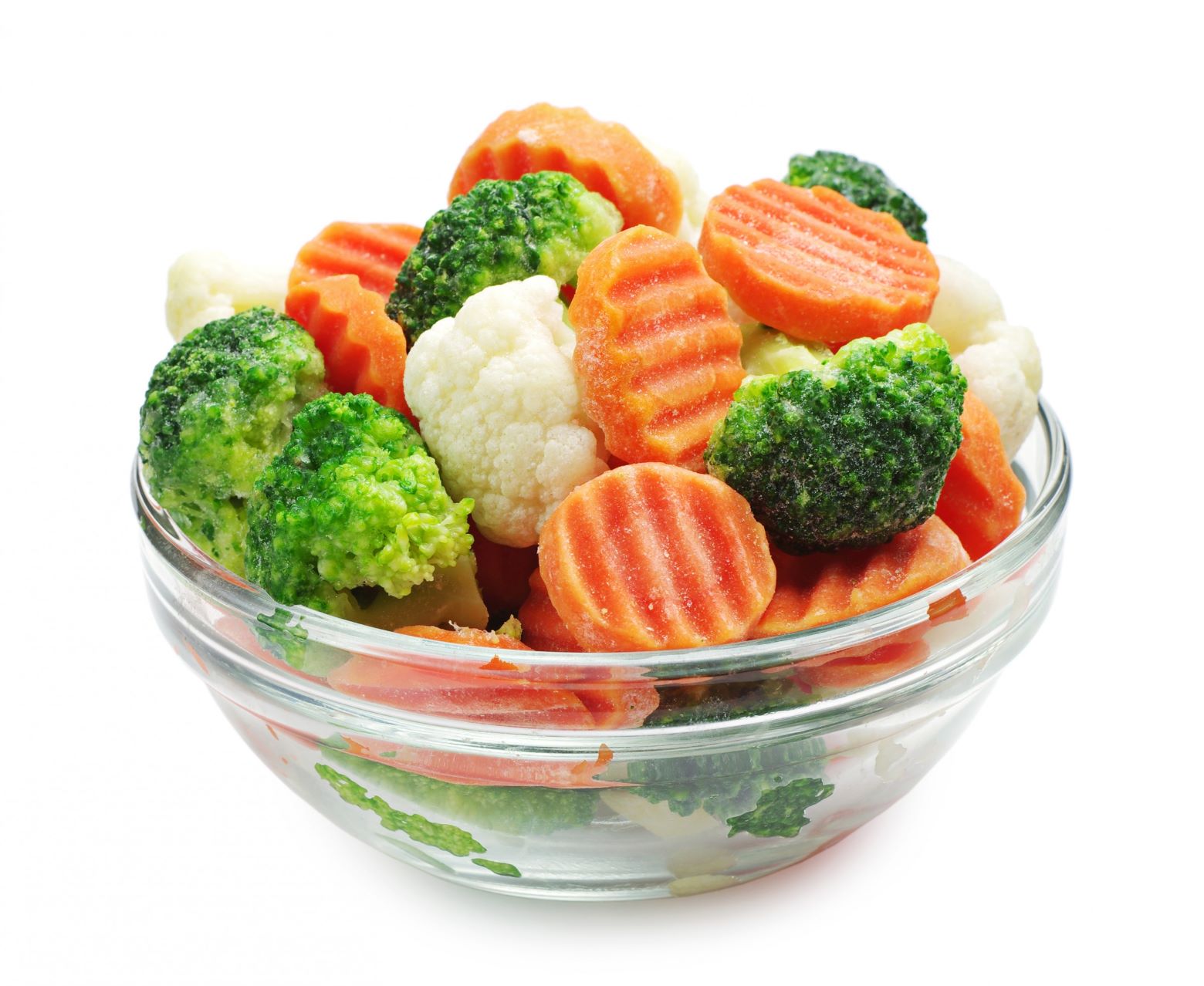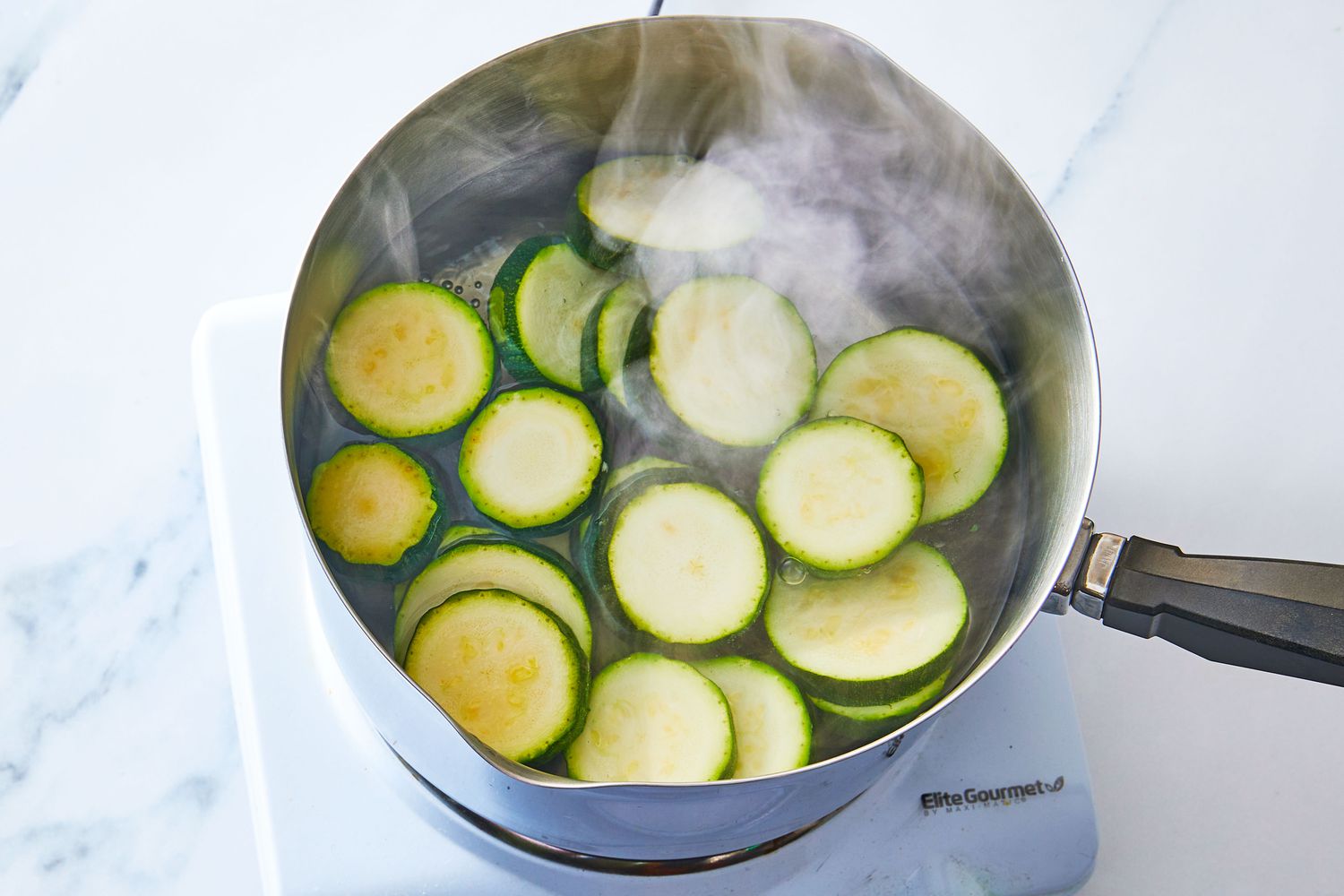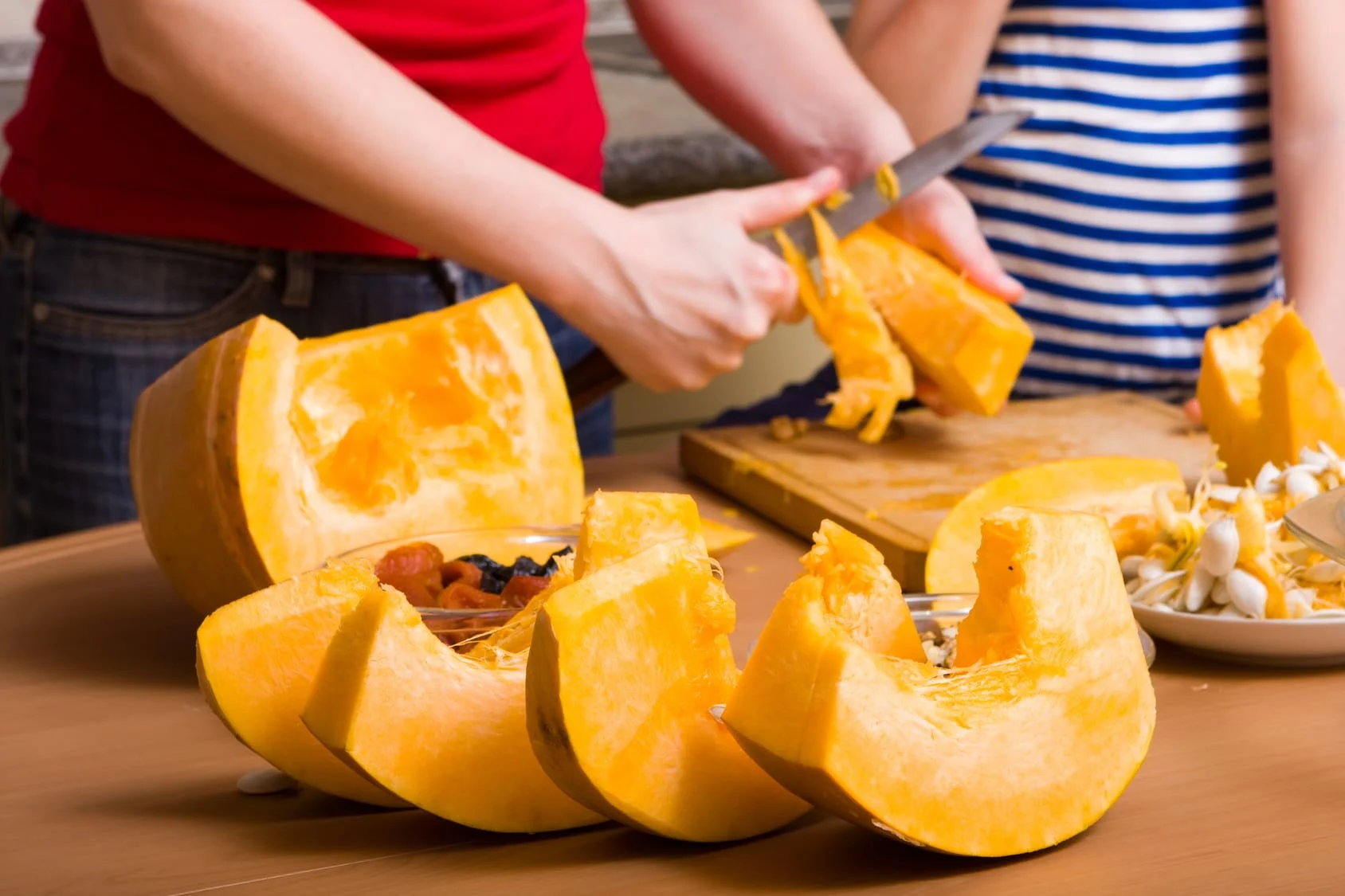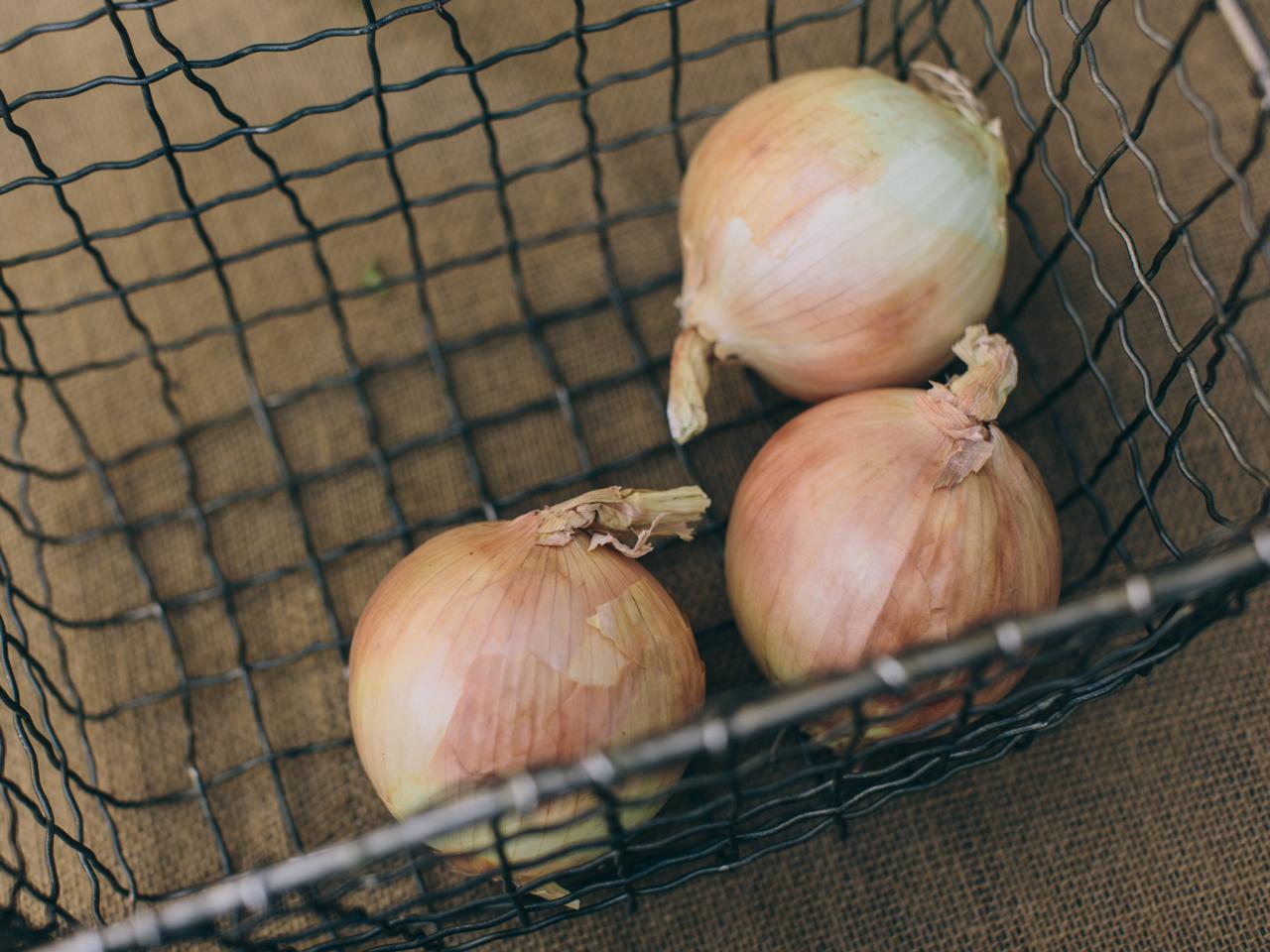Blanching Vegetables for Stir Fry: A Step-by-Step Guide
Stir-fried vegetables are a quick and healthy addition to any meal. However, achieving the perfect texture and color can be a challenge. One way to ensure that your vegetables turn out just right is by blanching them before stir-frying. Blanching involves briefly cooking vegetables in boiling water and then quickly cooling them in ice water. This process helps to lock in the vibrant color and crisp texture of the vegetables. If you’re ready to elevate your stir-fry game, follow these simple steps to blanch vegetables for stir fry:
Step 1: Choose Your Vegetables
Start by selecting a variety of fresh vegetables for your stir fry. Some popular options include broccoli, snap peas, carrots, and bell peppers. Wash the vegetables thoroughly to remove any dirt or debris.
Step 2: Prepare an Ice Bath
Fill a large bowl with cold water and add ice cubes to create an ice bath. This will be used to quickly cool the blanched vegetables and stop the cooking process.
Step 3: Boil Water
Bring a pot of water to a rolling boil. You’ll need enough water to fully submerge the vegetables during the blanching process.
Step 4: Blanch the Vegetables
Carefully add the prepared vegetables to the boiling water. Ensure that the water continues to boil as you add the vegetables. The vegetables should be submerged in the boiling water for a short period, typically 1-2 minutes, depending on the type and size of the vegetable. Use a slotted spoon to remove the vegetables from the boiling water and immediately transfer them to the ice bath. This rapid cooling process will halt the cooking and preserve the vegetables’ vibrant colors and crispness.
Step 5: Drain and Dry
Once the blanched vegetables have cooled in the ice bath for a few minutes, remove them and drain them thoroughly. Pat them dry with a clean kitchen towel or paper towels to remove any excess moisture. Dry vegetables will stir-fry more effectively, achieving a desirable sear and texture.
Step 6: Incorporate into Your Stir Fry
Add the blanched vegetables to your hot stir-fry pan or wok. Toss and stir the vegetables with your choice of seasonings, sauces, and proteins. The blanched vegetables will quickly absorb the flavors of the stir-fry while maintaining their vibrant colors and crisp textures.
Tips for Perfectly Blanched Vegetables
- Do not overcook the vegetables during the blanching process, as they should remain crisp and vibrant.
- Work in small batches to blanch the vegetables, allowing for even cooking and quick cooling.
- Use a timer to ensure that the vegetables are not left in the boiling water for too long.
- Experiment with different vegetables to create a colorful and diverse stir fry.
By following these simple steps, you can elevate your stir-fry game and create visually stunning and delicious dishes. Blanching vegetables for stir fry is a simple yet effective technique that can take your cooking to the next level. Enjoy the vibrant colors, crisp textures, and fresh flavors that blanched vegetables bring to your stir-fry creations!
Recipes and Further Applications of Blanching Techniques
Once you've mastered the technique of blanching vegetables for stir-fry, a whole new realm of culinary adventures awaits you. From the savory classic chicken and broccoli stir fry to the more exotic thai basil beef with blanched snap peas, these recipes provide an excellent opportunity to practice and perfect this skill. I recommend starting with the vibrant vegetable stir fry with tofu for its colorful array of blanched vegetables that shine through in taste and texture. For those who enjoy a bit of heat, the spicy shrimp stir fry with bell peppers and asparagus is a must-try, as it perfectly balances the crispness of blanched veggies with bold spices.
